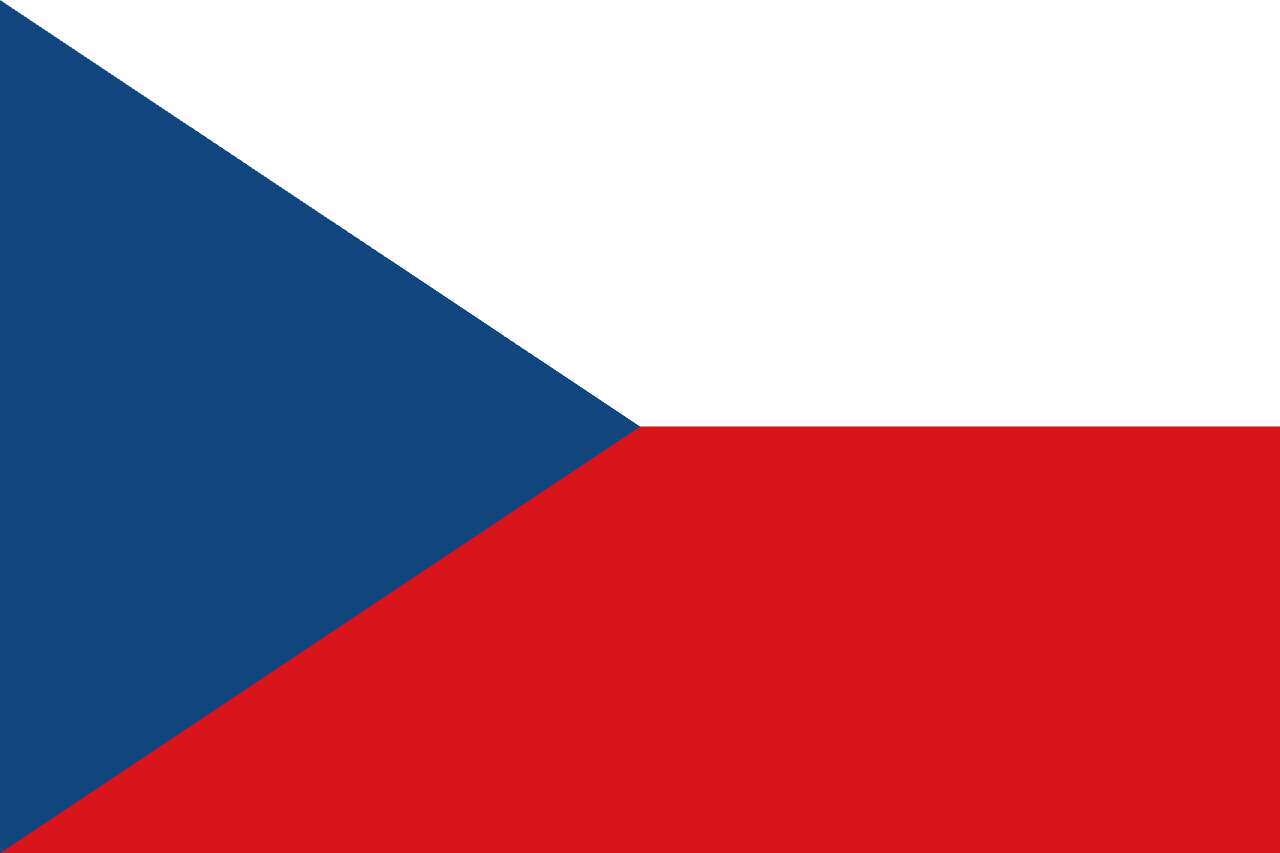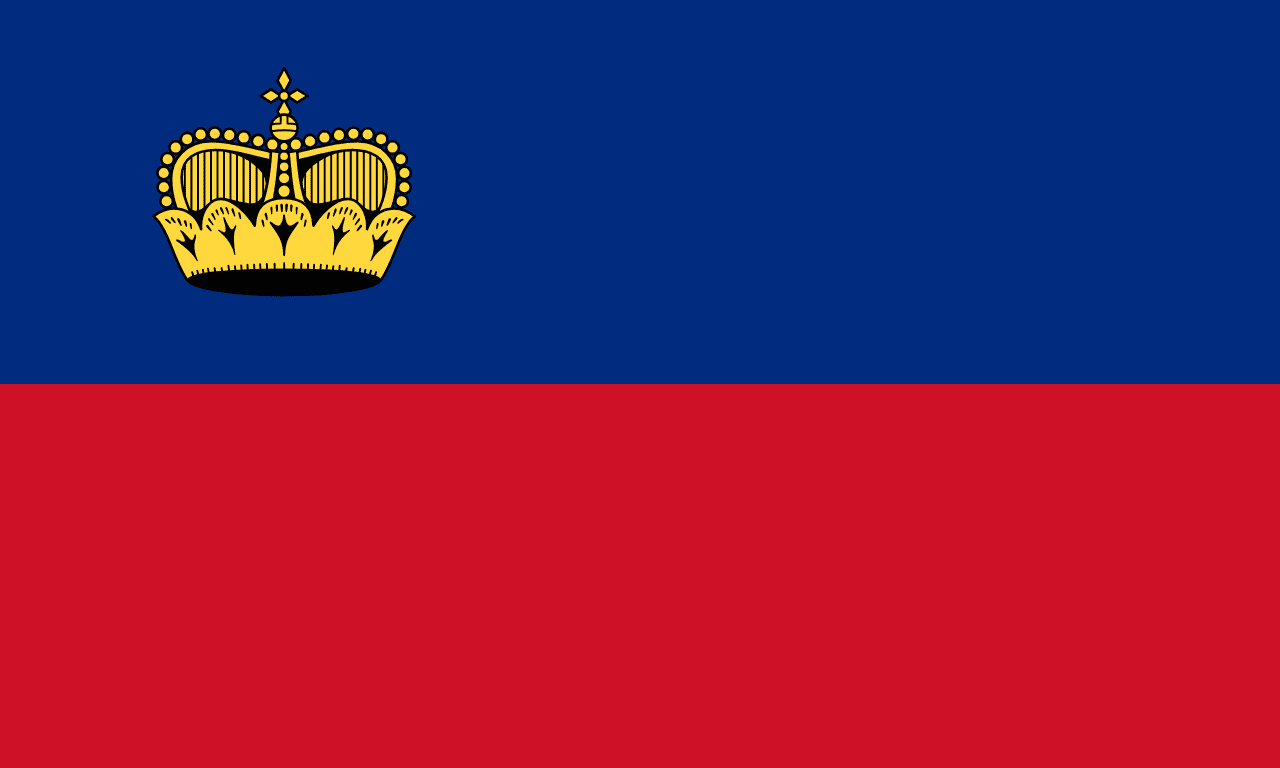Germany Flag Meaning
Three horizontal stripes of black, red, and gold representing the democratic traditions of Germany, with colors rooted in the 19th-century liberal movement and symbolizing unity, justice, and freedom in the modern Federal Republic.
- Continent
- Europe
- Adopted
- 1949
- Ratio
- 3:5
- Colors
- black, red, gold
- Designer
- Unknown (traditional democratic colors)

Symbolism
Black Stripe: Represents determination, strength, and the dark periods of German history that the nation has overcome, symbolizing the resolve to learn from the past and build a better democratic future.
Red Stripe: Represents the blood shed for freedom and the struggle for democratic ideals, symbolizing the sacrifice made by those who fought for liberty, justice, and human rights throughout German history.
Gold Stripe: Represents the light of freedom, prosperity, and the golden future of democratic Germany, symbolizing hope, generosity, and the nation's commitment to peace and European integration.
History
- 800-1806: The Holy Roman Empire dominated Central Europe for over a millennium, with various imperial banners and symbols representing the complex patchwork of German states, duchies, and principalities.
- 1815-1848: The German Confederation emerged after Napoleon's defeat, with growing nationalist sentiment and the adoption of black-red-gold as symbols of liberal democratic ideals during the Vormärz period.
- 1848-1849: The German Revolution and Frankfurt Parliament adopted black-red-gold as the colors of democratic Germany, representing the failed attempt to create a unified, liberal German nation-state.
- 1871-1918: The German Empire was established under Prussian leadership with black-white-red colors, representing conservative monarchy rather than liberal democracy, until defeat in World War I ended imperial rule.
- 1919-1933: The Weimar Republic restored black-red-gold as the democratic flag, representing the first German democracy, though political instability and economic crisis ultimately led to its collapse.
- 1933-1945: Nazi Germany abandoned democratic symbols for the swastika flag, representing twelve years of totalitarian dictatorship, war, and genocide that devastated Europe and brought Germany to ruin.
- 1949-1990: Division created two German states: the Federal Republic (West Germany) adopted black-red-gold representing democracy, while the German Democratic Republic (East Germany) added communist symbols.
- October 3, 1990: German reunification unified the country under the black-red-gold flag, representing the peaceful end of the Cold War division and the triumph of democratic values.
- 1990-Present: The flag has represented reunified Germany as a leading European democracy, EU founding member, economic powerhouse, and advocate for international cooperation and human rights.
Trivia
- Germany's black-red-gold colors were first used together during the 1848 democratic revolution, making them symbols of German democratic tradition for over 175 years.
- The flag represents Europe's largest economy and the world's fourth-largest, with Germany being a global leader in automotive, engineering, and renewable energy technologies.
- Germany has more UNESCO World Heritage Sites than almost any other country, with 51 sites including medieval towns, castles, and cultural landscapes.
- The flag flies over the birthplace of the printing press, the automobile, the computer, and countless other innovations that changed the world.
- Berlin's Brandenburg Gate has become an iconic symbol of German reunification and European unity, featured prominently in celebrations under the national flag.
- Germany is the most populous member state of the European Union, with over 83 million residents, and plays a central role in EU governance and policy.
- The flag represents a country that has become a leader in renewable energy, with Germany pioneering wind and solar power technologies and the Energiewende energy transition.
- Oktoberfest in Munich is the world's largest beer festival, celebrating German brewing traditions that have made German beer famous worldwide under this flag.
- Germany's autobahn highway system includes some of the world's only roads with no general speed limit, representing German engineering excellence and automotive culture.
- The flag flies over a country that has produced more Nobel Prize winners than any other except the United States, particularly in physics, chemistry, and medicine.
- Germany is home to over 400 zoos, more than any other country, reflecting the nation's commitment to conservation and biodiversity under environmental policies.
- The Christmas tree tradition originated in Germany, and German Christmas markets (Christkindlmärkte) have spread this cultural tradition worldwide.
- Germany's education system includes some of the world's oldest universities, with institutions like Heidelberg (1386) and Leipzig (1409) continuing to attract international students.
- The flag represents a country that has successfully transitioned from wartime enemy to peaceful ally, demonstrating the power of democratic transformation and reconciliation.
- Germany's federal system with 16 states (Länder) serves as a model for democratic federalism, balancing national unity with regional diversity and local governance.
Related Countries

Luxembourg
Europe
Three horizontal stripes of red, white, and light blue representing the Grand Duchy of Luxembourg, one of Europe's smallest but wealthiest nations and a founding member of the European Union.

Netherlands
Europe
A horizontal tricolor of red, white, and blue, the oldest tricolor still in use today. It originated in the 16th century during the Dutch Revolt against Spain.

Czech Republic
Europe
Two horizontal stripes of white over red with a blue triangle extending from the hoist, combining Bohemian colors with Moravian blue, representing the historical lands and democratic ideals of the Czech nation.

Belgium
Europe
Three vertical stripes of black, yellow, and red derived from the coat of arms of the Duchy of Brabant, adopted during Belgium's independence revolution and representing the nation's determination, generosity, and sacrifice.

Liechtenstein
Europe
Two horizontal stripes of blue and red with a golden crown in the upper left corner, representing this Alpine principality that is one of the world's smallest and wealthiest nations.

Austria
Europe
Three horizontal stripes of red, white, and red, representing one of the world's oldest national flag designs, allegedly inspired by Duke Leopold V's blood-stained white surcoat after the Battle of Acre in 1191, and symbolizing the courage, honesty, and strength of the Austrian people.